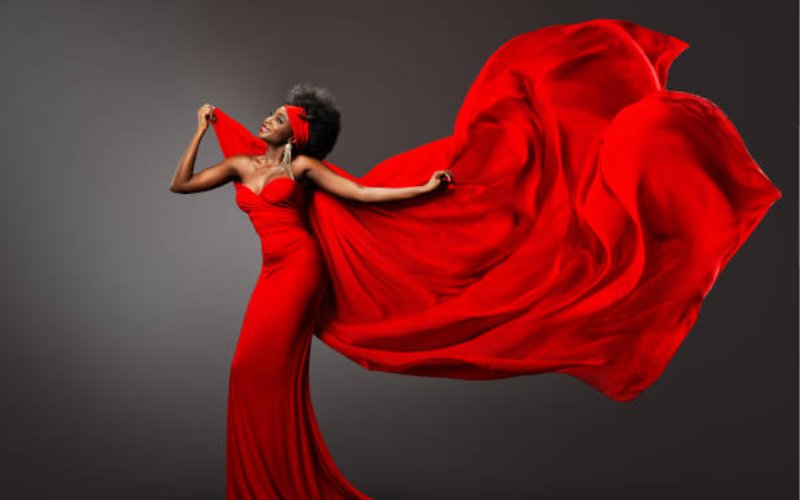
Geoffrey Njenga Kariuki is an award-winning wine connoisseur. The wine and spirits consultant won the preliminary round in Kenya and qualified for the final leg of the Wines of South Africa Sommelier Cup competition in September 2016. He has worked at the Artcaffe, Sankara Hotel, Capital Club East Africa, where he helped set up the bars and wine cellars. He also worked at The Wine Shop as a head sommelier. In 2014, he opened up a consulting and training company called Sommelier's Palate. He shares his expertise on all things wine.
WHAT'S THE OCCASION?
When buying wine, match it with the occasion. Sparkling wines are mostly for celebrations, while white wines and light red wines like Pinot Noir are preferably taken during lunch. Robust wines like Cabernet Sauvignon should be taken during dinner. This is because at lunch hour people mostly eat light foods unlike in the evening when you can take a three course meal, for example.
DON'T BE THRIFTY Another key factor is the price. A bottle that starts from about Sh800 should be great wine for someone who wants an easy and refreshing drink. Stay away from cheap sweet wines if you can. It's very easy to make a cheap sweet wine compared to making a cheap red wine. Consumers take cheap sweet wine and the following day wake up with a bad hangover and end up hating all wines.
SAVOUR IT
When tasting wine, sip a little and let your taste buds define its taste. It's all in the tongue. Once it gets to the throat, you can't experience the different tastes. Try this: taste two different types of wine at a time. Pour 30ml of each into a glass, swirl, smell, taste, and then analyse. You will tell the difference in the notes. You need to experience your wine, not just drink it.
KNOW THE PROCESS There are four steps to wine tasting. First, the clarity. If the wine is clear and not hazy, it is promising. Second is smell to help identify aromas. Three is taste. Taste the wine and let it go around your tongue. Doing this will help you know the body of the wine and you can tell if the wine is sweet or dry. Four is the conclusion; its sweetness or acidity. The longer the wine lingers in your mouth after tasting, the better it is.
RECOGNISE QUALITY
There are ways to tell if wine is good or bad. One common fault in wine is oxidation. This occurs after wine has been exposed to too much oxygen and ends up tasting like vinegar. Another common fault is corked wine which is caused by a chemical compound called Trichloroanisole or TCA. It affects the cork of the wine which then affects the wine. Corked wine smells like wet cardboard or newspapers. The wine's aroma and flavour is very understated.
PAIR RIGHT Sweet food goes well with fortified wines like Port. A light white wine like Sauvignon Blanc matches light salads or pan seared fish while heavier and creamier whites like Chardonnay go perfectly with grilled tuna or chicken breast. Light reds like Gamay and Pinot Noir should work well with grilled salmon or pork ribs while heavy and robust red wines like Cabernet Sauvignon or Bordeaux blend complements fatty steaks very well. Our taste buds are very sensitive to bitterness, so it's important not to overwhelm that sensitivity by pairing bitter food with a high tannic wine – A tannic wine is one with a high concentration of tannins, the textural elements that makes red wine taste dry. Green beans with Cabernet Sauvignon will multiply bitter tastes. If you want to pair a high tannic wine, try fatty foods for the balance.
WHITE OR RED?
Most white wines don't really age compared to red wines. Most white wines and light red wines are better consumed between one and five years when they are still fresh. Heavier red wines can stay for longer.
SERVE RIGHT
White wine should be served chilled and red wine should be served between 16 and 18 degrees. Sweet red wine, however, is best served chilled.
STORAGE
All leftover wines should be stored in the fridge. Unopened bottles should not be kept in the fridge. Store wine in a dark room away from light. Wine with a cork closure should be stored slanting to ensure consistent contact of the wine and cork. This helps keep the cork moist and prevents drying out. Drying out of the cork is harmful to the wine because oxygen can get in and this can lead to oxidation. Wine with screw tops
 The Standard Group Plc is a multi-media organization with investments in media
platforms spanning newspaper print
operations, television, radio broadcasting, digital and online services. The
Standard Group is recognized as a
leading multi-media house in Kenya with a key influence in matters of national
and international interest.
The Standard Group Plc is a multi-media organization with investments in media
platforms spanning newspaper print
operations, television, radio broadcasting, digital and online services. The
Standard Group is recognized as a
leading multi-media house in Kenya with a key influence in matters of national
and international interest.

